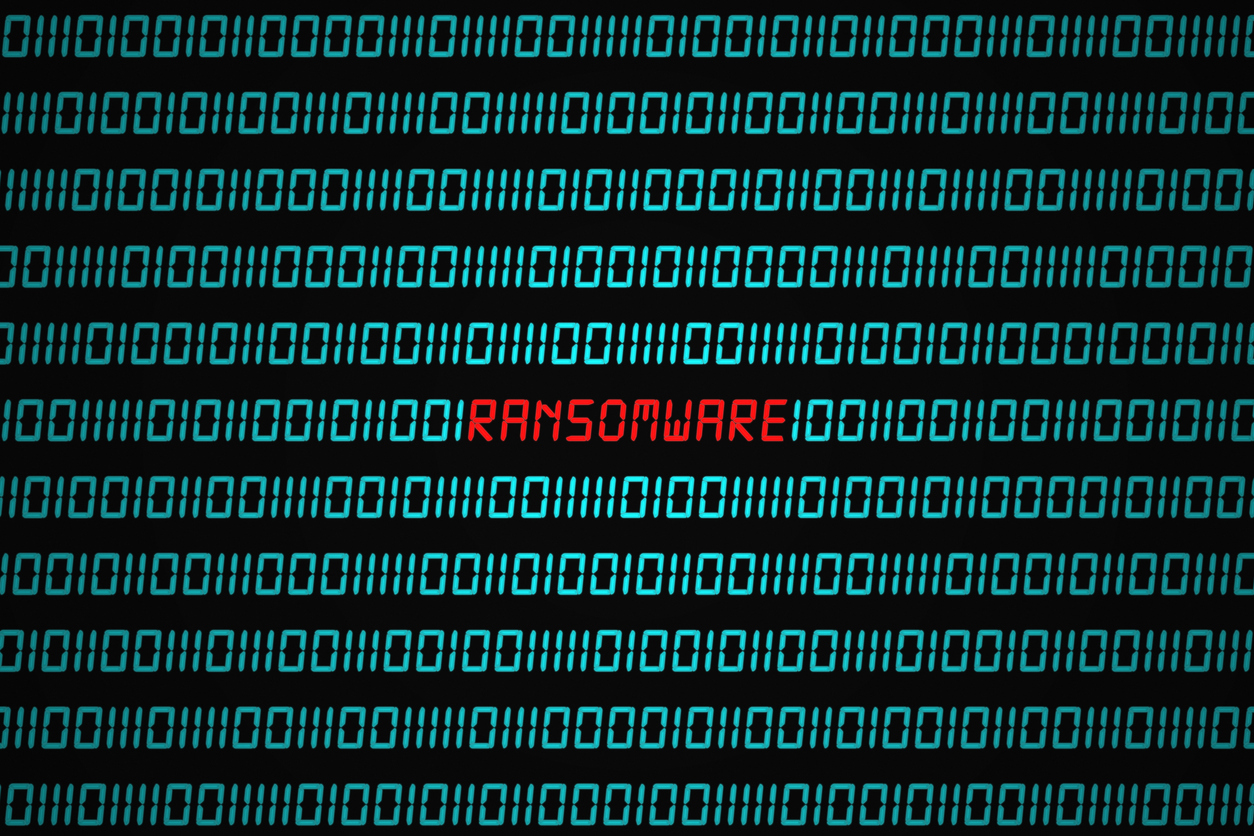
According to a 2017 report from Cybersecurity Ventures, the total damage of worldwide ransomware issues would hit $20 billion by 2021 – which is 57-times more than it was in 2015, representing a massive surge in everything from cyber liability insurance claims to reputational damage for companies due to sophisticaed cyberattacks.
In response to this alarming statistic, the National Institute Of Standards and Technology has released a pair of practice guidelines that offer updated advice and details for best practices on how to stay safe and protected online. The information talks about the confidentiality, integrity, and availability of data in a time where threats from ransomware and other large-scale cyberattacks are increasing.
The guidelines from the NIST offer recommendations for companies to contain a ransomware attack or reduce the impact after one has hit. The organization offers information on how to implement backups connected to secure storage capabilities, create policies to help ensure safeguarded endpoints, and use network and inventory assessments to look for any changes or areas of risk.
Learning from Ransomware
Researchers at the NIST studied events including the WannaCry cyberattacks from 2017 and other recent incidents where ransomware caused major infrastructure and financial damage, and crafted lessons for how companies can either protect their data more successfully from attackers or recover faster after a ransomware attack has taken place.
While NIST has developed ransomware-related guidance in the past, the new outlines detail the entire life cycle of a data integrity attack. The group is looking at ransomware that models behavior after the WannaCry attacks, which was a ransomware worm that spread through a number of computer networks rapidly, encrypting files and making it impossible for users to gain access. The new guidelines are not just looking at one machine where there are damaged files that need to be remediated but instead looking at a larger threat space.
For companies that experience a sprawling ransomware attack, the damage, as noted above, can be monumental and unforgiving. Public perception can plummet and business can be hurt. Having cyber liability insurance can help to protect against major claims related to ransomware attacks while helping to find a way to sustain business moving forward.
Ransomware Protection Moving Forward
Ransomware worms, like WannaCry, can move around a network system while interacting with applications, like encrypting backups. Today’s cyberattacks can prompt authorities to look into the entire network and the companies to understand what the threat represents.
The NIST is attempting to look at current issues such as how to implement vulnerability management while boosting awareness and education around ransomware among employees and network users.
The first draft looks at data integrity and protection and acts as a guide to better seek out and protect IT assets from attacks, such as ransomware attacks. It also includes a reference design that operates as an outline for action items, and a guide to available technologies that create more security controls for a network system.
The second draft offers up advice on how to improve detection abilities and mitigation of ransomware. It describes how integrity monitoring, reporting capabilities, vulnerability management, and mitigation can be included within an IT infrastructure.
About Financial Guaranty Insurance Brokers
Since 1983, Financial Guaranty Insurance Brokers has distinguished itself as a provider of Professional Liability, Cyber Liability, and Crime insurance products for entities of all types. To receive timely, personalized service from a knowledgeable and experienced staff, call us today at (877) 485-4413 to speak with one of our professionals.


